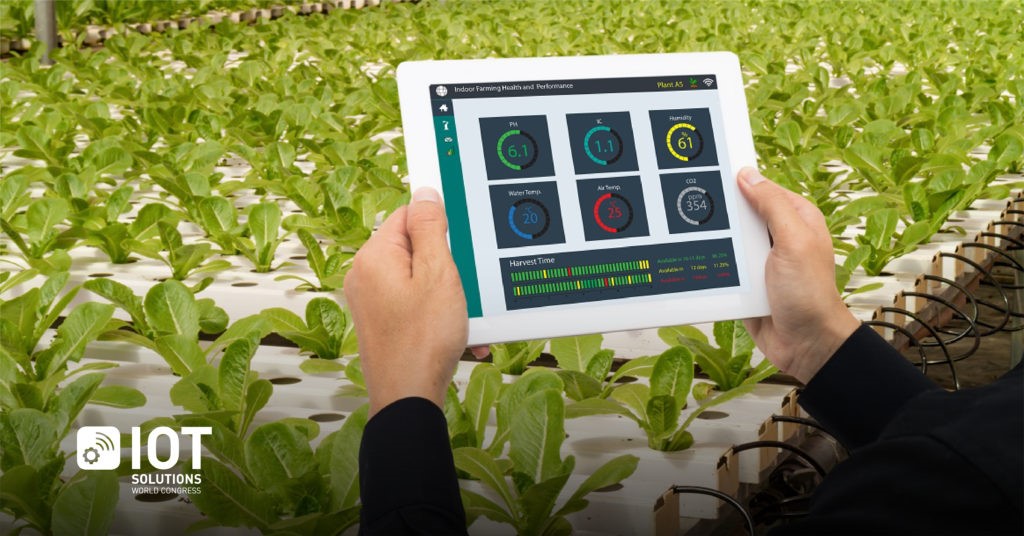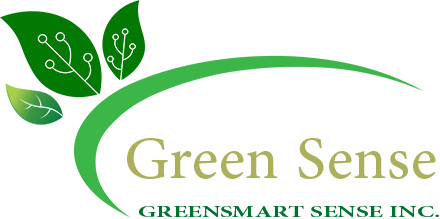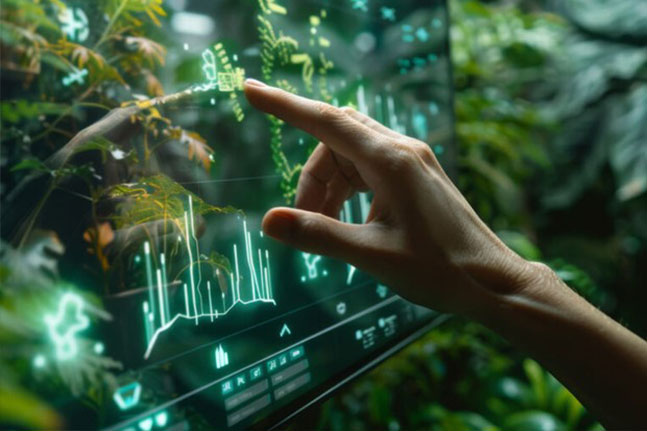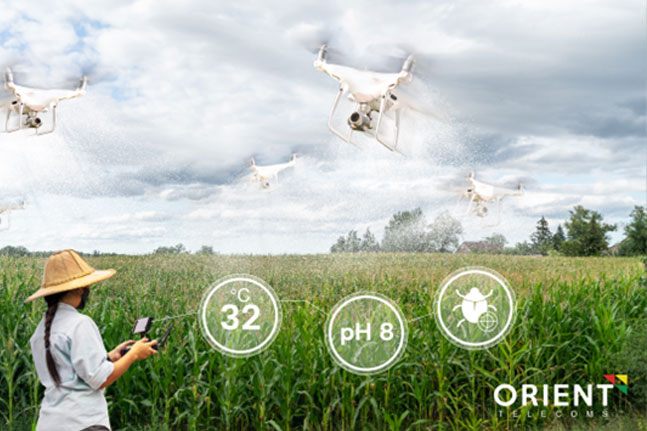
IOT TRANSFORMING THE FUTURE OF AGRICULTURE
April 3, 2023
SOLUTIONS TO GLOBAL HUNGER CRISIS
June 10, 2023Overview
Digital agriculture is the use of new and advanced technologies, integrated into one system, to enable farmers and other stakeholders within the agriculture value chain to improve food production.
Most of today’s farmers make decisions such as how much fertiliser to apply based on a combination of rough measurements, experience and recommendations. Once a course of action is decided, it is implemented but the results are normally not seen until harvest time.
In contrast, a digital agriculture system gathers data more frequently and accurately, often combined with external sources (such as weather information). The resulting combined data is analysed and interpreted so the farmer can make more informed and appropriate decisions. These decisions can then be quickly implemented with greater accuracy through robotics and advanced machinery, and farmers can get real-time feedback on the impact their actions.
The technology
Technologies used include sensors, communication networks, Unmanned Aviation Systems (UAS), Artificial Intelligence (AI), robotics and other advanced machinery and often draws on the principles of the Internet of Things. Each one of these brings something valuable to farming from data collection, through to management and processing, as well as guidance and direction. This integrated system offers new insights that enhance the ability to make decisions and subsequently implement them.
The potential
Digital agriculture has the potential to make agriculture more productive, more consistent and to use time and resources more efficiently. This brings critical advantages for farmers and wider social benefits around the world. It also enables organizations to share information across traditional industry boundaries to open up new, disruptive opportunities.
Some example applications…
Aquaculture
Factors such as contamination from pollutants (washed from the land into the water by rain) and disease have varying impacts on yield. The farming of oysters is one such example of this. The technology company, The Yield, has partnered with Bosch to help Tasmanian oyster farmers manage these challenges using sensors, predictive analytics and a clear user interface. This enables more accurate predictions about when water contaminants are too high or an outbreak of disease is likely so that farmers are able to take proactive steps to reduce oyster loss.
Potatoes and reducing water use
PepsiCo has successfully reduced water input to their potato crop by 26% over the past ten years. One way they have done this is through locating sources of waste water for re-use in irrigation. They also monitor soil moisture, link this to weather forecasts and set more efficient irrigation levels. This can improve sustainability and water availability in countries at risk from drought.
Lettuces that help kidney disease sufferers
For people with kidney disease, too much potassium in the diet – such as from high-potassium vegetables – is unhealthy. This is a growing issue in countries like Japan where 10% of the population suffer from chronic kidney disease. Fujitsu teamed up with Microsoft and others to grow lettuces with less than 80% of the potassium content of traditionally grown lettuce through carefully controlling growing conditions. This work has both enriched diets and demonstrated how sensors, analytics and data visualisation can create a system to improve agricultural practices.
Advancing the Sustainable Development Goals (SDGs)
Digital agriculture has the potential to advance many of the SDGs. Below are some examples of areas of application across a wide variety of sectors.
SDG 2 Zero hunger
Make better farming decisions by supplementing local knowledge developed over generations with real-time, detailed, environmental data.
Increase yield per acre and reduce production loss to help improve food security and increase the food output, required to keep up with population growth.
Improve transparency and sharing of information. By providing quantitative data on factors that have been difficult until now to measure and interpret, farmers will be able to improve their economic models. Financiers and insurers can also better understand risk to protect farmers financially.
SDG 6 Availability and sustainable management of water
Waste less water through a better understanding of soil moisture, crop health and weather forecasting – provide only as much water to the plants as needed.
Reduce chemical use and run-off into local water supplies.
SDG 8 Decent work and economic growth
Give more power to those working in agriculture and support related innovations such as up-to-date agricultural pricing and trading – particularly the ability to facilitate trade without using intermediaries.
SDG 9 Industry, innovation, and infrastructure
Improve resilience and effectiveness of food / farming supply chains through better integrated systems and information sharing.
SDG 11 Sustainable cities and communities
Enable more sustainable city growth through better waste management as a result of improved integration across the food value chain.
SDG 12 Responsible consumption and production
Provide information which allows consumers to be more responsible.
Reduce waste through better decision making across the supply chain, using predictions of harvest yields and quality to improve planning.
Reduce waste in storage through improved planning and by linking agricultural sensors with transport management systems to reduce food spoilage.
Reduce the chemicals used, and improve long-term soil management through better planned crop rotations.
SDG 14 Life below water
Allow increased freshwater fishing by improving water quality with aquaculture technology.
Reduce chemical run-off contaminating oceans.
SDG 15 Life on land
Promote more sustainable land ecosystems through a more considered use of farming land and approach to forestry.
SDG 17 Partnerships for the goals
Allow companies to partner to increase the impact on all the SDGs through improved availability of information.
http://breakthrough.unglobalcompact.org/disruptive-technologies/digital-agriculture/





